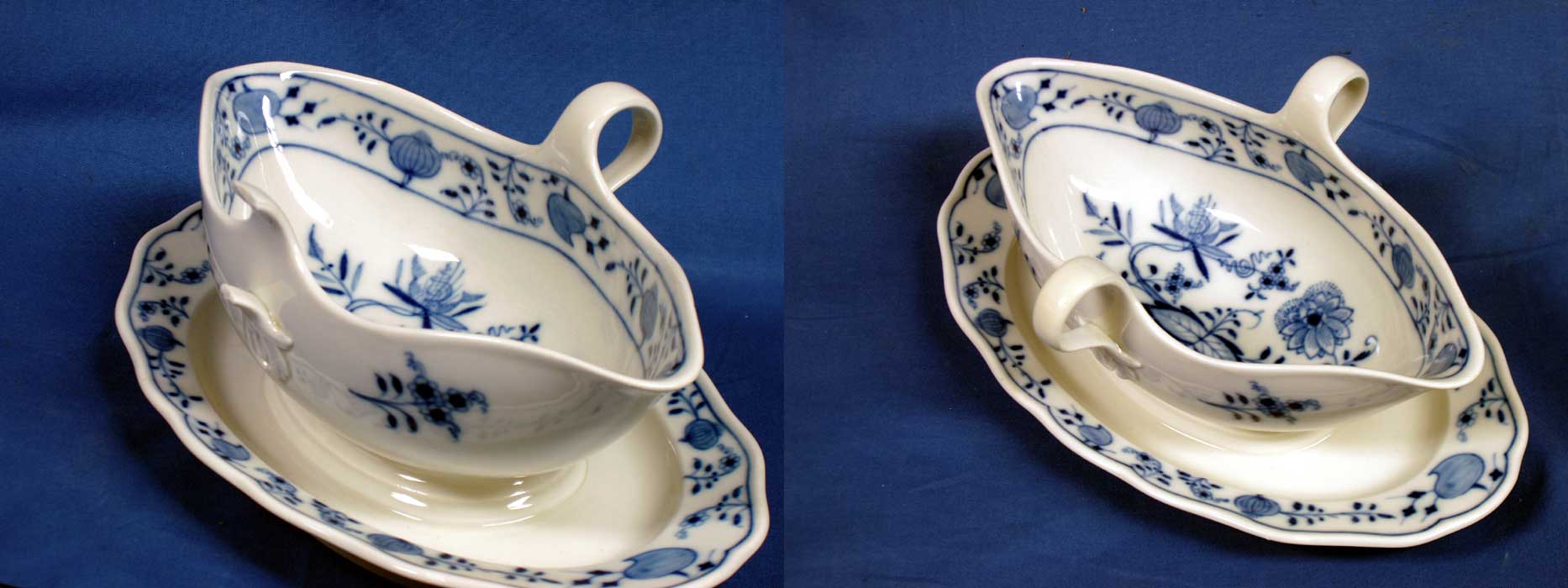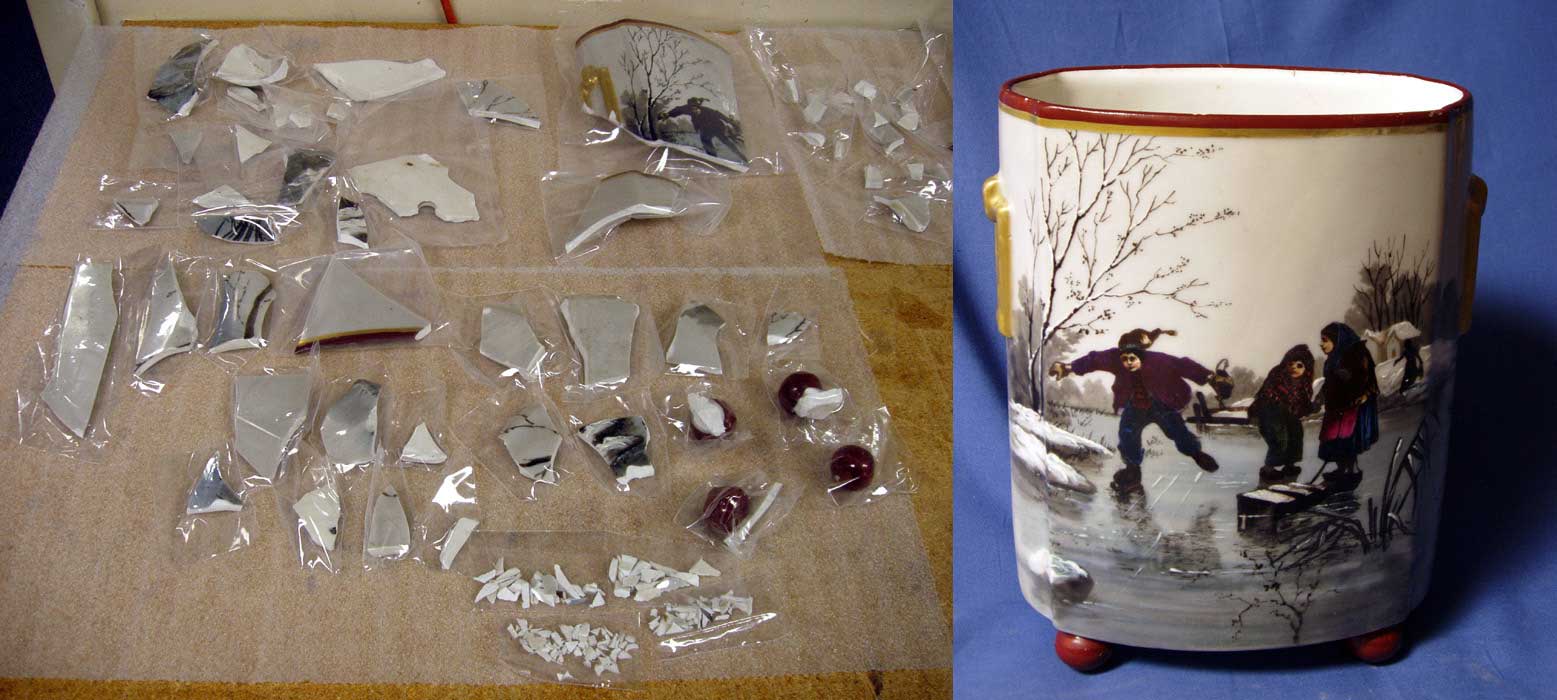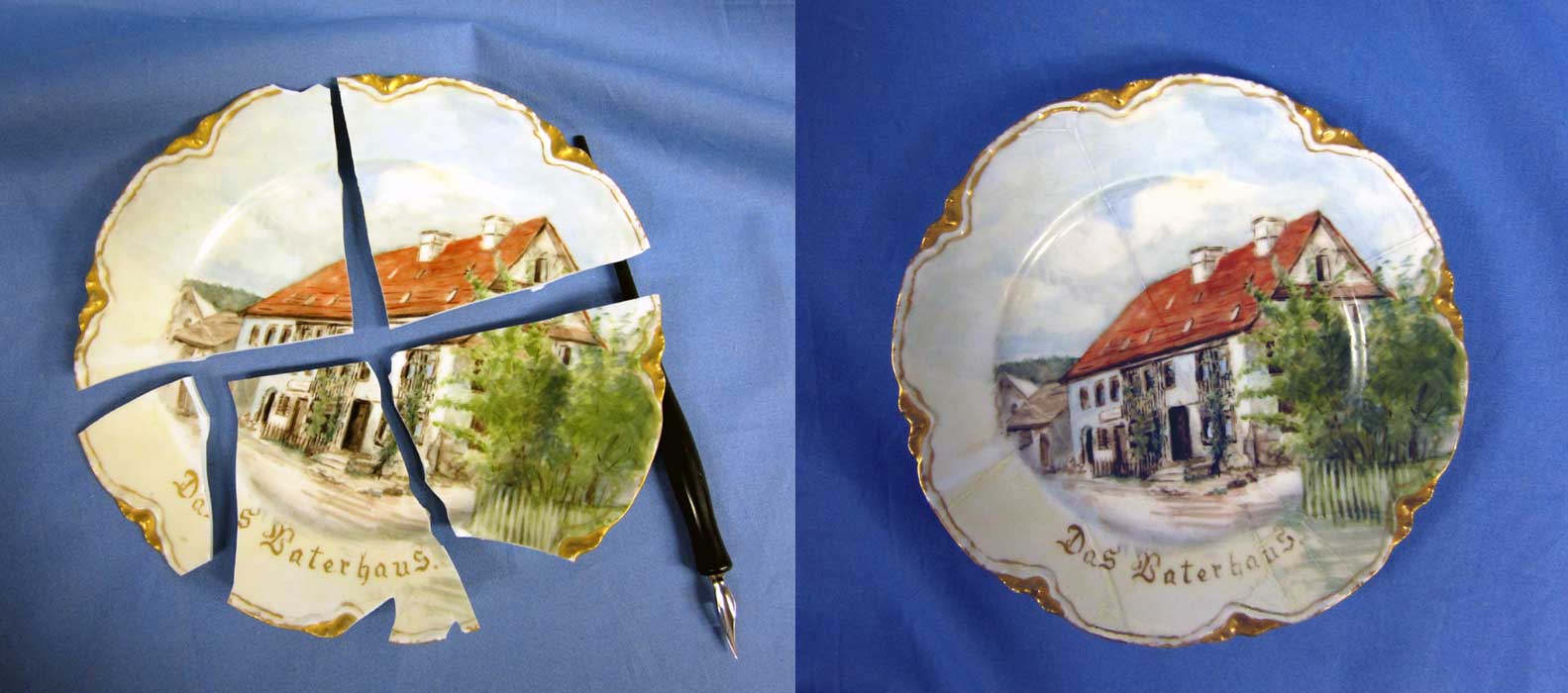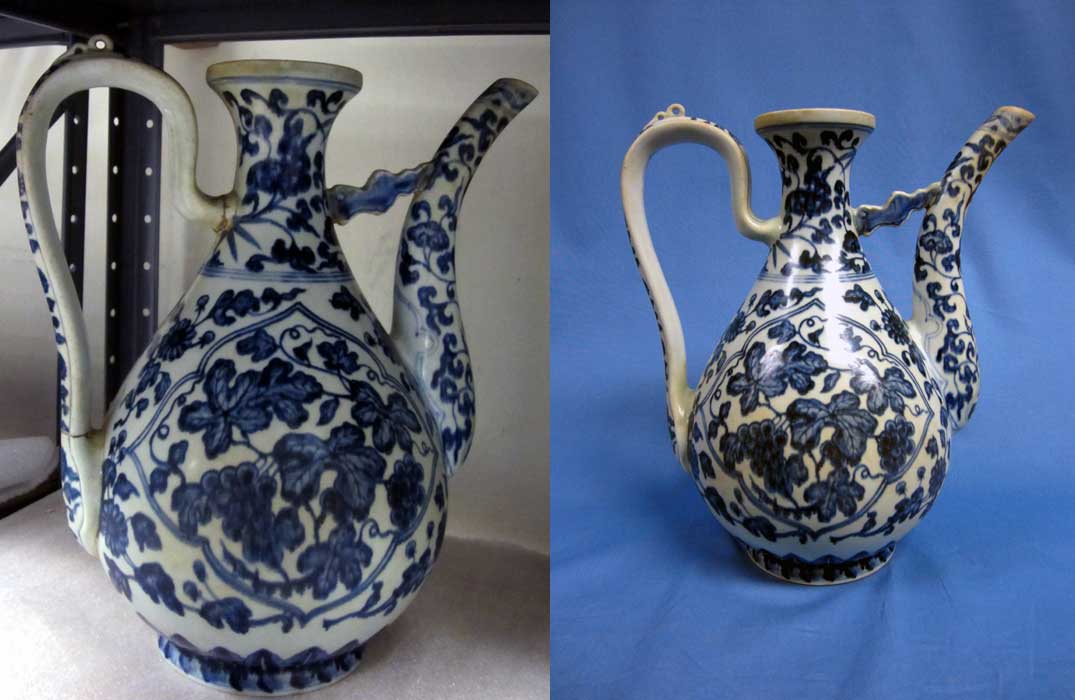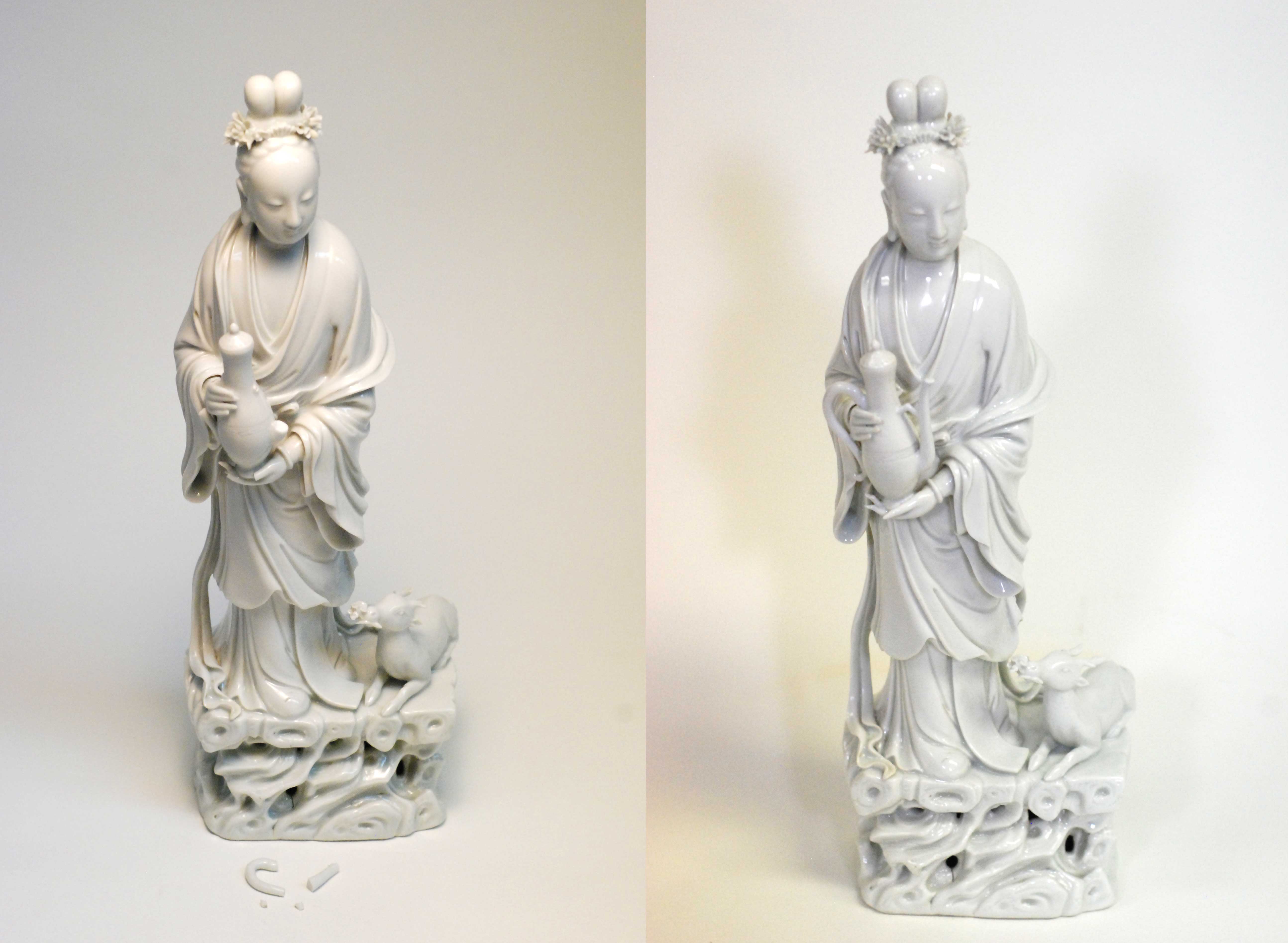
This Blanc de Chine figure likely depicts the Taoist immortal, Magu. She is often shown as a beautiful young woman, adorned with flowers, holding a ewer containing the elixir of life in hands with long, delicate fingernails, and is accompanied by a deer, a symbol of immortality. Similar items, also known as Dehua porcelain, were created as early as the Ming Dynasty (1368-1644). This example, however, likely dates from the Qing Dynasty (1644-1912). The clear glaze over the white porcelain can create a ...


